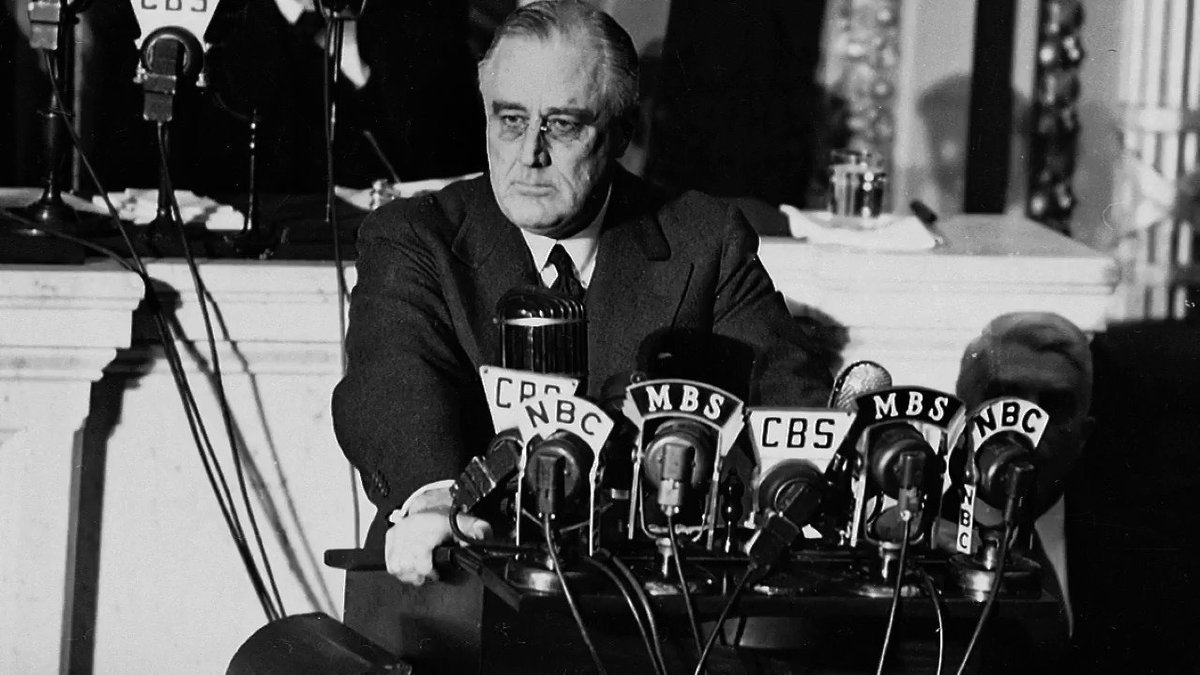@drawandstrike @ThomasWictor @HNIJohnMiller @jihadaeon1 @rising_serpent @_ImperatorRex_ @Debradelai @LarrySchweikart
whitehouse.gov/articles/pover…
What the CEA report says
The CEA report finds that while the substantial growth in non-cash welfare programs has played an important role in reducing material hardship at...
As evidence of our success in reducing material hardship since the War on Poverty was declared in 1964,
Some critics seem to believe Figure 1 is a CEA invention. In fact, the numbers are based on a decades-long research agenda by two highly distinguished economists: Bruce Meyer, an economics professor at the University of Chicago,
While Meyer and Sullivan published the data underlying Figure 1 in 2017 in the conservative-leaning American Enterprise Institute’s report series,
In fact, poverty has declined significantly over the past 50 years, but neither side has recognized the major progress that has been made. So it is heartening to see that the White House,
Unfortunately, ignoring the academic literature on poverty is not unique to critics of the CEA report.
While some have rejected the science on poverty measurement, others mischaracterize the CEA report by suggesting it claims that poverty is over. That is a gross misrepresentation of what we actually write:
The “War on Poverty,” as we make clear in the report, refers to a commitment in 1964 by Lyndon B. Johnson to reduce poverty.
Of course, poverty thresholds are arbitrary and one could argue that an increase in the original 1960s poverty thresholds is warranted.
But the key point is that material hardship has fallen dramatically since the War on Poverty was declared.
While material hardship has fallen dramatically, it did not happen because people worked themselves out of poverty as President Johnson envisioned.
While there is a risk that some people who fail to comply with work requirements could be made materially worse off,
Of course, whether work requirements have net benefits depends on how well they are designed.





